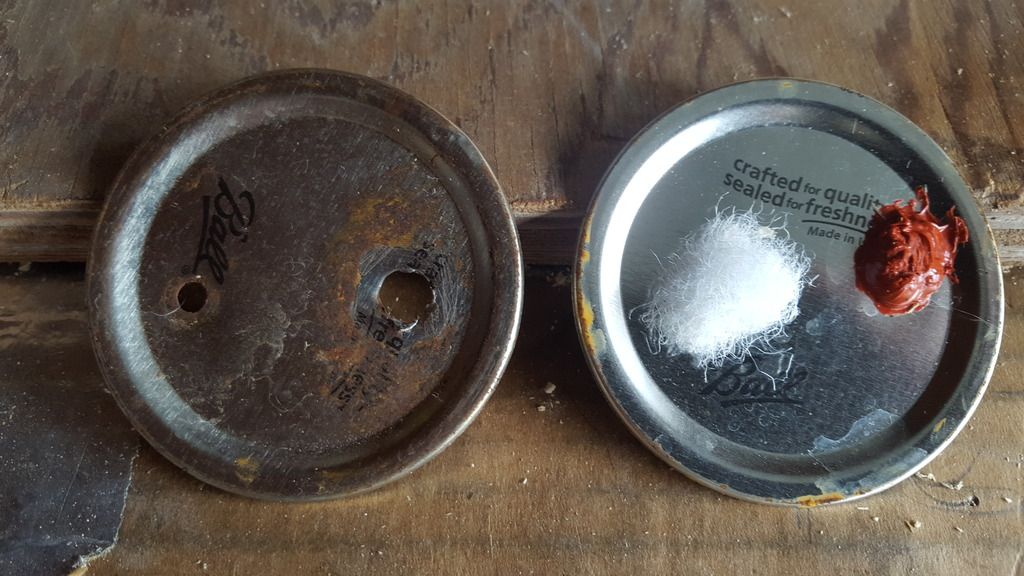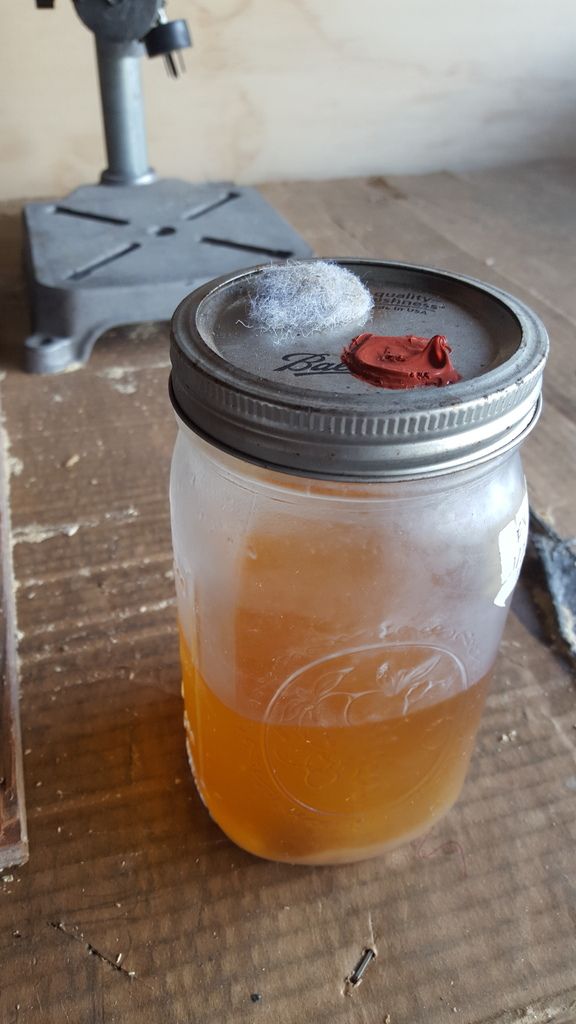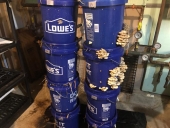












Casey Williams wrote:Welcome to the wonderful world of myology! The rabbit hole is endless!!
I would make my own spawn if I were in your position and trying to grow a consistent amount of mushrooms for farmers' market. I believe that this would be the cheapest method, if you are trying to grow for ongoing production. For me, continually buying spawn would be too pricey.
I started with methods similar to what you are describing. Following is what I think it is probably the easiest way to start growing, learning the habits of mycelium, and see results with minimum equipment needed and for a relatively low price point. Learn the concepts and you can expand as you gain more experience and practice new techniques. Anyway, here is what I suggest:
1) Obtain a liquid culture (I got mine from Mycology and Botany classifieds group on FB, but you can obtain them elsewhere. In fact, I can send you a syringe, if you want.)
2) Grow out your LC in jars with homemade LC lids containing air port and injection port. This will become kind of like a "mother culture" for you
3) Transfer to grain
4) Use grain spawn to inoculate cold fermented straw in 5 gal. buckets (with holes in them)
I can give more detailed instructions on each step, if you would like. Or you can research on your own. You will need a pressure cooker, quart jars with homemade LC jar lids, syringes and needles, 5 gal. buckets, a variety of ingredients to make LC recipes from, organic grains, and straw. Not too bad for a start up.
Just my two cents...hope it helps. Good luck!


















Casey Williams wrote:Straw is, I think, the easiest substrate to start with, because it breaks down quickly, is easy to prep. for use (don't even have to pasteurize it), and it has a structure that some mushrooms love. I am trying to move away from straw, because I don't know the source of the straw that I get, which makes me uncomfortable.




 1
1





|
Those who dance are thought mad by those who hear not the music. This tiny ad plays the bagpipes:
Learn Permaculture through a little hard work
https://wheaton-labs.com/bootcamp
|




